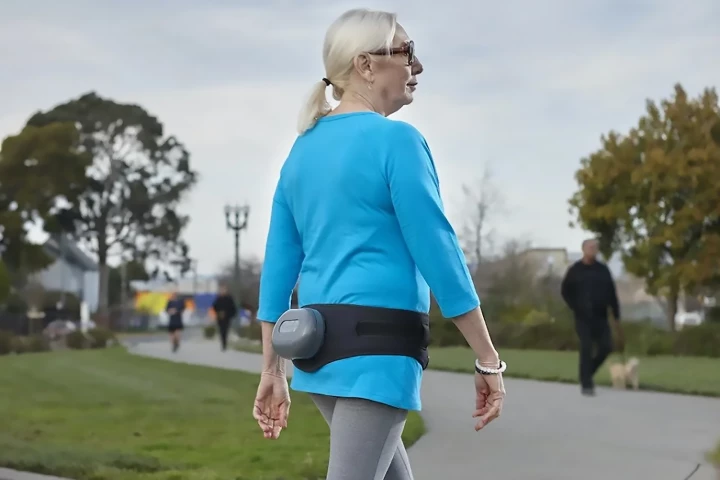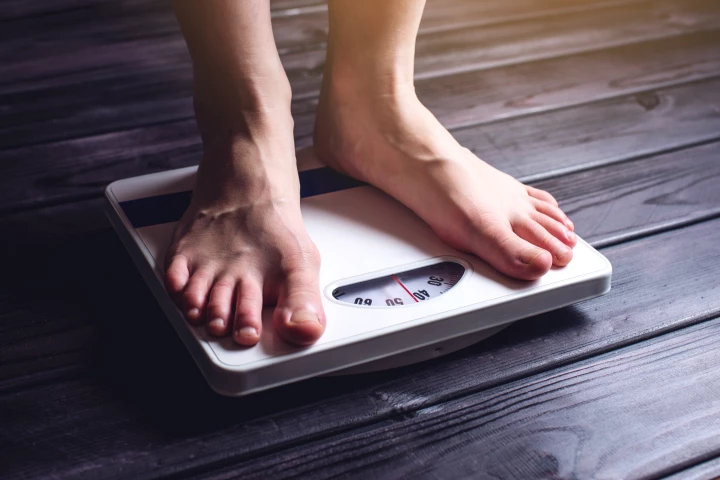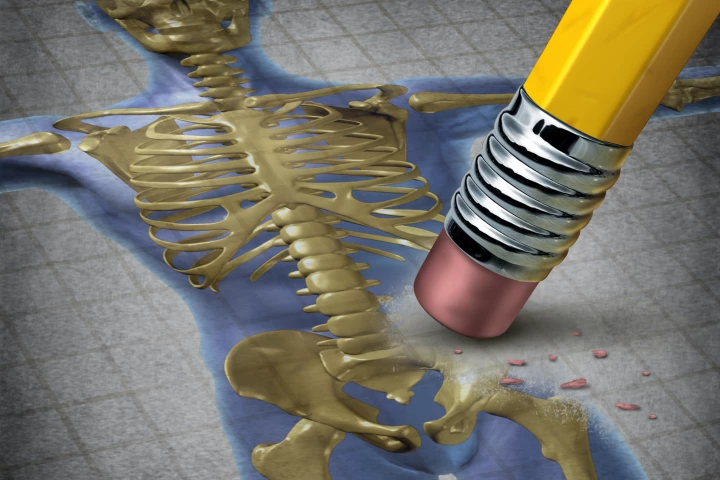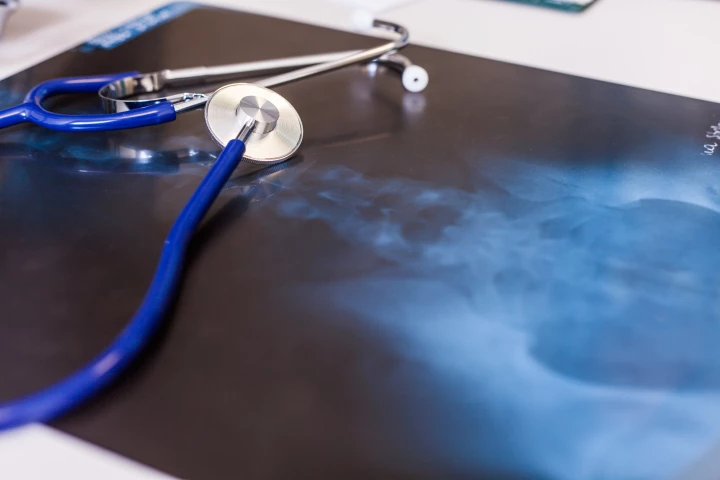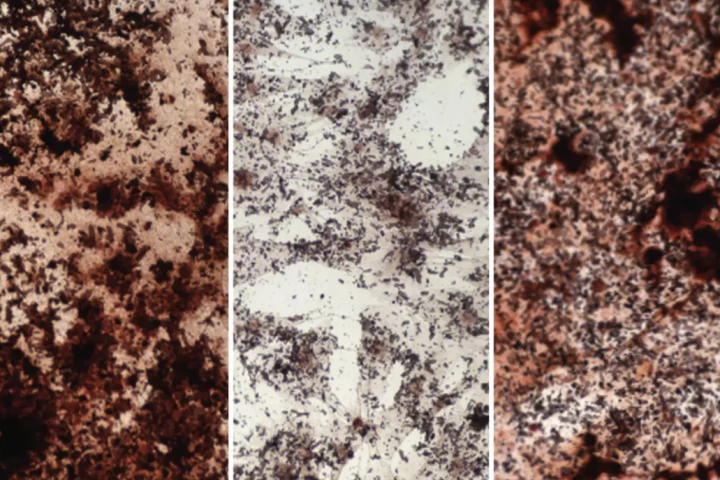Osteoporosis
-
Tea and coffee are two of the most popular drinks in the world – daily rituals that are linked to culture, comfort, and productivity. Now scientists have new insights into how each affects bone health, especially the risk of osteoporosis.
-
Our fat tissue could be used to make our bones regrow, with scientists successfully using adipose cells to repair spinal compression fractures. It could change how breaks are treated and improve bone strength in diseases such as osteoporosis.
-
A newly discovered receptor switch that boosts bone growth could transform how we treat osteoporosis, by stimulating the body’s own bone-building machinery using a targeted drug and even mechanical force.
-
Osteoporosis is typically treated with orally administered drugs, which may take up to a year to have a noticeable effect. A new injectable hydrogel, however, is claimed to drastically boost bone density in as little as two weeks.
-
The FDA has granted clearance to a novel, wearable belt that delivers targeted vibrations to the spine and hips to treat low bone density, the precursor to osteoporosis, making it the first non-drug prescription medical device to treat the condition.
-
In what will soon be commonplace in drug research, scientists have used an artificial-intelligence algorithmic program to identify a compound, currently used in antimalarial treatment, that can effectively reverse the bone deterioration of osteoporosis.
-
More than 300,000 Americans aged 65 and older are hospitalized for hip fractures each year. But researchers have found that even tiny lifestyle changes can boost bone strength to a level that greatly reduces the incidence of these serious fractures.
-
Imagine being able to take a peptide that could stave off obesity, reverse osteoporosis and combat inflammatory and cardiovascular issues? Scientists have made the first step, discovering how a key protein communicates cell shape changes with the brain.
-
Osteoporosis is characterized by the deterioration of bone tissue, resulting in weak bones that are easily broken. There may be new hope for treating the disease, however, utilizing a naturally occurring hormone.
-
Researchers have developed an ultra-thin device that permanently bonds to bones and beams data out wirelessly. The breakthrough could allow doctors to monitor the health of a patient’s bones over time, or how well they’re healing after an injury.
-
A study analyzing records from several hundred thousand people has identified a link between low rates of diabetes and osteoporosis patients treated with a common drug. The researchers propose the drug may prevent the development of insulin resistance.
-
Scientists looking into the biological mechanisms behind deteriorating bones have made a discovery that could help tackle age-related conditions like osteoporosis, by rejuvenating stem cells that to are central to their healthy maintenance.
Load More




